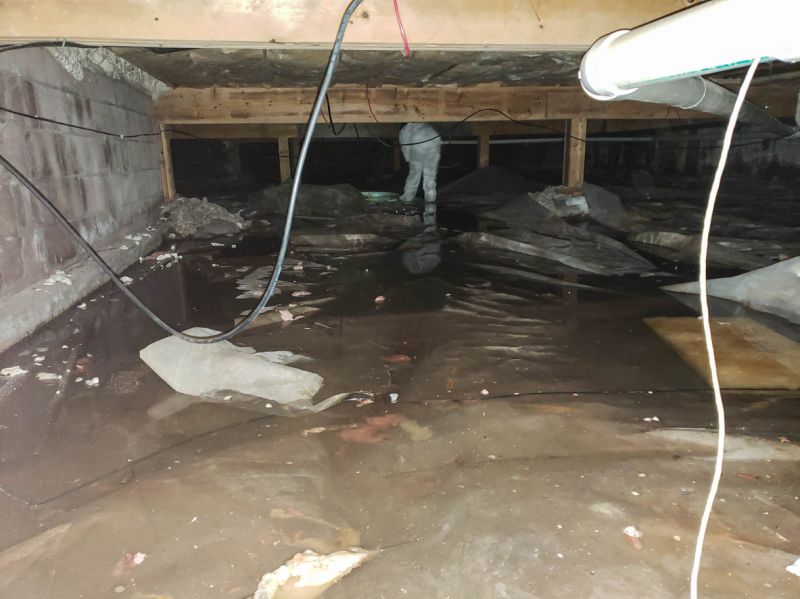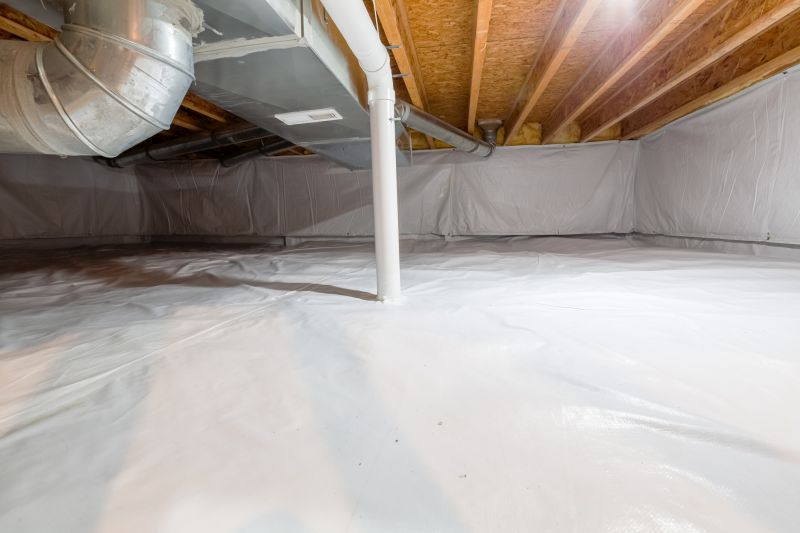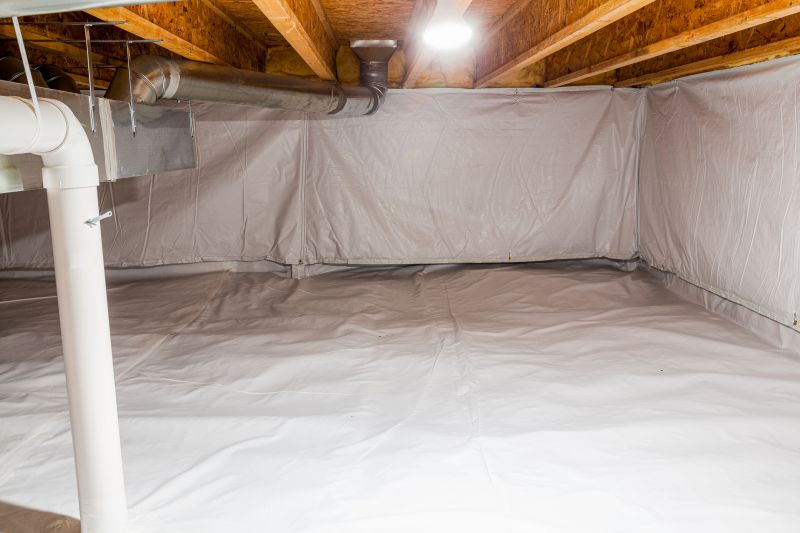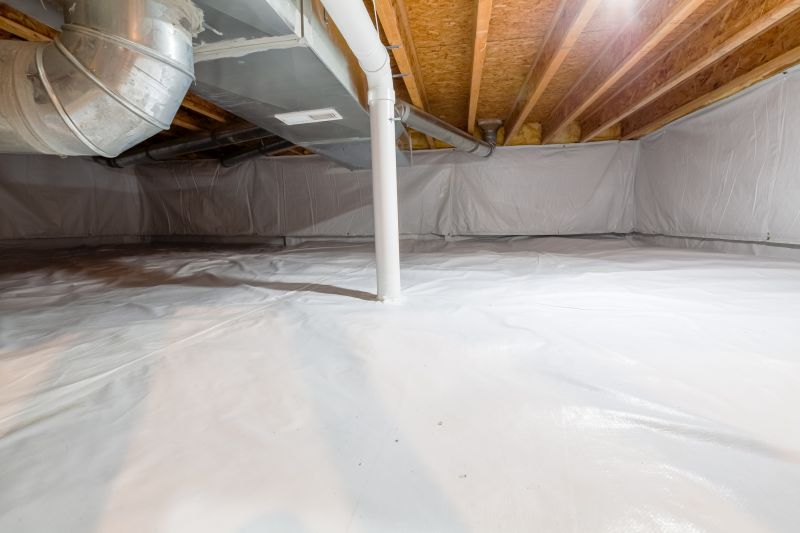Crawlspace Sealing to Prevent Moisture Damage
Crawlspace encapsulation involves sealing and insulating the space beneath a building to prevent moisture intrusion, improve air quality, and enhance energy efficiency. Proper encapsulation can significantly reduce the risk of mold growth, wood rot, and pest infestations, contributing to a healthier and more comfortable living environment.
Encapsulation prevents excess moisture from entering the crawlspace, reducing the risk of mold and structural damage.
Sealing the crawlspace helps maintain consistent indoor temperatures, lowering energy bills and improving comfort.
Reducing mold and dust mites in the crawlspace can improve indoor air quality and reduce allergy symptoms.




Failing to encapsulate a crawlspace can lead to persistent moisture problems, mold growth, and increased energy costs. Unsealed crawlspaces allow humidity to infiltrate, which can cause wood rot, pest infestation, and poor indoor air quality. Over time, these issues may result in costly repairs and reduced home value.
| Benefit or Risk | Details |
|---|---|
| Moisture Intrusion | Leads to mold, wood rot, and structural damage. |
| Energy Loss | Unsealed spaces cause higher heating and cooling costs. |
| Health Risks | Mold and dust mites can worsen allergies and respiratory issues. |
| Pest Attraction | Unsealed crawlspaces attract pests like rodents and insects. |
| Property Value | Encapsulation can increase home value by improving condition. |
| Maintenance Costs | Ignoring issues can lead to expensive repairs over time. |
| Indoor Air Quality | Poor ventilation and moisture increase indoor pollutants. |
| Structural Integrity | Moisture weakens foundation and framing over time. |

